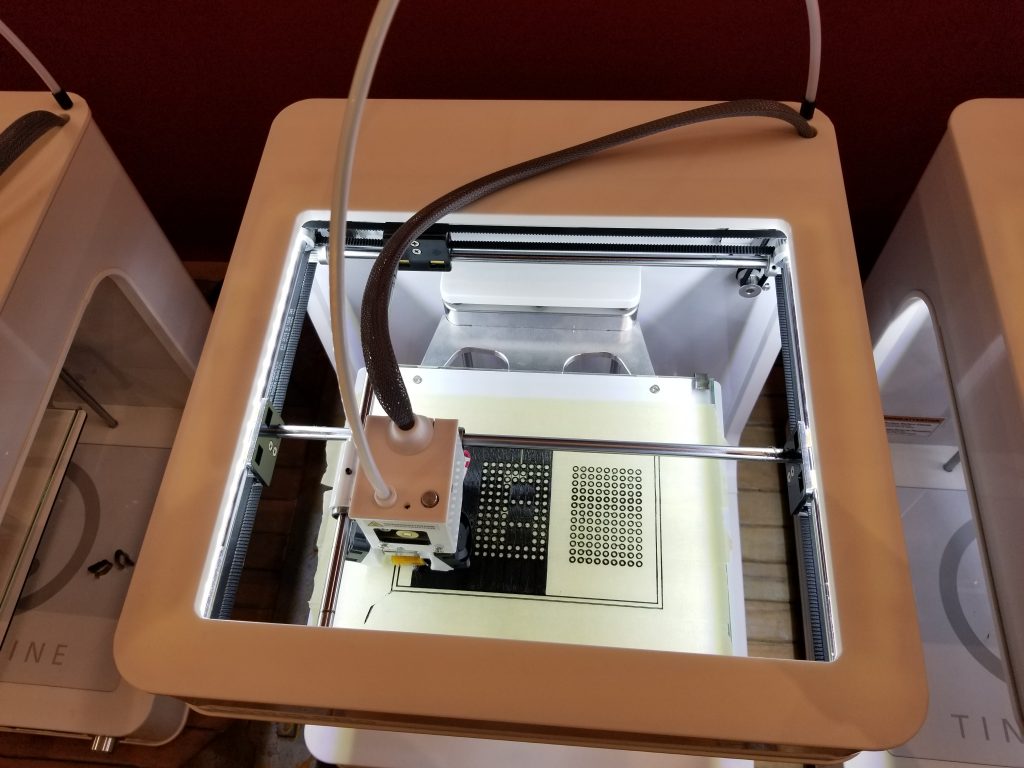Ottawa pushes ahead with Smart City mission
By Jamie Pashagumskum
The City of Ottawa is striving to be a world leader in the tech sector by implementing a plan aimed at reinforcing the national capital’s place in the industry.
The strategy is called Smart City 2.0 and was recently presented to councillors by the city’s economic development and long-range planning department. The strategy was approved by council on Nov. 22.
The idea is to accelerate economic growth in the high-tech sector and to help Ottawa compete better in the global economy.
The concept of a “Smart City” refers to a city’s use of digital platforms and smart and connected infrastructure to improve on areas such as program delivery, transportation and pollution control, including the reduction of carbon emissions.
According to John Smit, the city’s director of economic development, Ottawa is already well on the road to becoming a smart city. Improvements so far include conversion of streetlights to energy-efficient LED bulbs, the use of a highly-computerized traffic system and the calling out of stops on OC Transpo routes.
“We’re really building on what we have now,” said Smit. ‘We’re doing a lot of things that fall into the smart city space. That’s why we call it Smart City 2.0; it’s not like we’re starting from scratch.”
The three main goals for the smart city strategy are to improve connectivity, stimulate economic growth and to improve on Ottawa’s service delivery models.
Mike Tremblay, president and CEO of Invest Ottawa — the city-funded economic development agency — said that improving connectivity means having a high-speed network in which anyone can connect for free from anywhere in the city.
“There’s no use in having a long-range plan unless you’ve got a really good approach with respect to having the bandwidth to support it,” said Tremblay. “That’s why it’s so critical.”
According to Tremblay, today’s consumer-citizens expect to be served on their phone and video is playing a bigger role in online activities, requiring faster and more secure networks.
“It’s a question of how fast,” said Tremblay. “If you consider fifth-generation WiFi, It’s 1,000 times faster than what we currently have available.”
Tremblay said providing high speed connections throughout the city will not only help to serve the citizens of Ottawa but it will also attract tech companies and people with the skills to work in the industry.
A recent example is Ottawa’s bid to house Amazon’s “HQ2”, the planned new headquarters of the online business giant.
The Smart City 2.0 report presented to the city councillors stated: “When a city implements a smart city strategy, it increases its ability to stay competitive and grow its knowledge-based economy. Smart cities attract smart talent and business investment.”
The municipal government and Invest Ottawa are pushing to achieve this through Bayview Yards, the city’s new innovation centre.
Bayview Yards is a research and development facility located at 7 Bayview Road between Scott Street and the Sir John A. MacDonald Parkway, just around the corner from the Bayview transit station near LeBreton Flats. It’s housed in an old 64,000-sq.-ft. municipal garage that was renovated on the inside.
Bayview Yards opened in 2016 offering incubation and acceleration programs for entrepreneurs and now has a department specializing in cyber security. The complex also offers collaboration space, drop-in space and board rooms for rental at just $25 a day.
Sonya Shorey of Bayview Yards said the program is essential for new businesses to get the tech support and financing they need to become successful.
“We call Bayview the ultimate mash-up of business, technical and market resources and expertise that create the one-stop business acceleration shop for entrepreneurs,” Shorey said.
Tremblay and others believe Bayview Yards is playing a significant role in growing large industry and private small- to medium-sized enterprises in Ottawa. Typically, Bayview would help a start-up in developing a prototype and then to advance it into production over time.
Tremblay said it is sometimes forgotten that Ottawa has such a significant tech sector. In the past, the city was known for its communications industry, but that isn’t the largest sector anymore; software companies are.
“We actually already have it in our back yard,” Tremblay said, referring to tech talent in Ottawa. “We’ve got over 580 software companies and over 22,000 workers that build code.”
Ottawa has the highest employment base of tech workers in the country at eight per cent of the total workforce, and the city boasts companies working in fields such as AI — artificial intelligence — and autonomous vehicles.
Further improving on connectivity and drawing on its many tech workers and companies is intended to help the city to improve on Smart City 2.0’s third goal of creating innovative government delivery models.
One example given my Smit would be garbage bins with sensors that indicate when they are full and ready for pick up. This would help to optimize routes for garbage trucks, making the service more efficient, cost effective and less polluting because of the fuel saved.
“For us as a corporation, by taking advantage of the technologies that are out there, we can provide a better bang to taxpayer dollars in terms of the services that the city provides,” Smit said.
Smit said the next step in the process is setting up a task force in early 2018 to develop an action plan and identify priorities.

